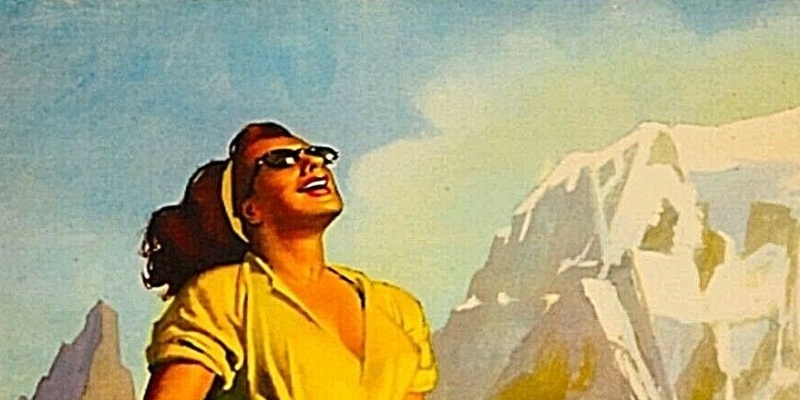The huge joy of writing in 2019 is that the traditional stereotypes for different genders can be merrily ignored. Of course, throughout the history of literature, male and female characters have rebelled against being pigeonholed, but in 2019 such a rebellion no longer has to be the focus of a book. That the central protagonist is a tough, ruthless, ambitious woman is no longer the surprise or the “hook”—it can be just one element of the whole.
I have always liked novels in which women spread their wings and explore the world. During the summer breaks from my English Literature degree, I was lucky enough to travel widely. My dissertation covered adulterous women in the novel, and I enjoyed the juxtaposition of reading Madame Bovary on a jumbo jet or The Scarlet Letter while clinging to the top of a bus traveling along a very narrow dirt track on the side of an Indonesian mountain. I would wonder what those women would have made of the freedoms I took for granted. (I sat on the roof of the bus because if you were inside, you could expect to have—at the very least—a cage-full of pessimistic-looking chickens dumped on your lap. The chickens travel to market alive, because you only have to start worrying about refrigeration once they are dead. The chickens looked as if they sensed this might be the case.)
I took this enjoyment of travel into my career as an investigative journalist. As a reporter, I traveled all over the world—from Afghanistan and Libya to Shanghai and DC. I even did part of the journey on Air Force One. There were many adventures along the way—from tracking Somali pirates around the Indian Ocean to hunting for documents in a nuclear bunker in Tripoli, Libya.
In To The Lions, I embrace all these elements, writing about bright, bold female journalists on dramatic international adventures. Jane Austen wrote majestically on her “little bit (not two inches wide) of ivory,” brilliantly capturing the qualities of her peers—their class, their finances, their hopes. But 2019’s women can embrace a far wider canvas. Here are some of my favorite examples of international thrillers with female protagonists.
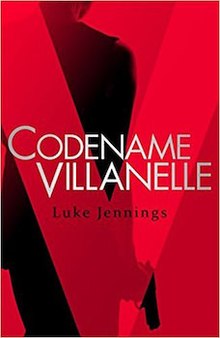
Codename Villanelle, by Luke Jennings.
The television version of the four novellas by Jennings—re-titled Killing Eve for the small screen—has swept all before it in the last couple of years. In Jennings’ books, the two leading characters—Eve Polastri and the eponymous Villanelle—ricochet around the world, racing from the seediness of the Isle of Dogs, east London to the glamour of an Italian opera house. Hunter and prey, although which is which?
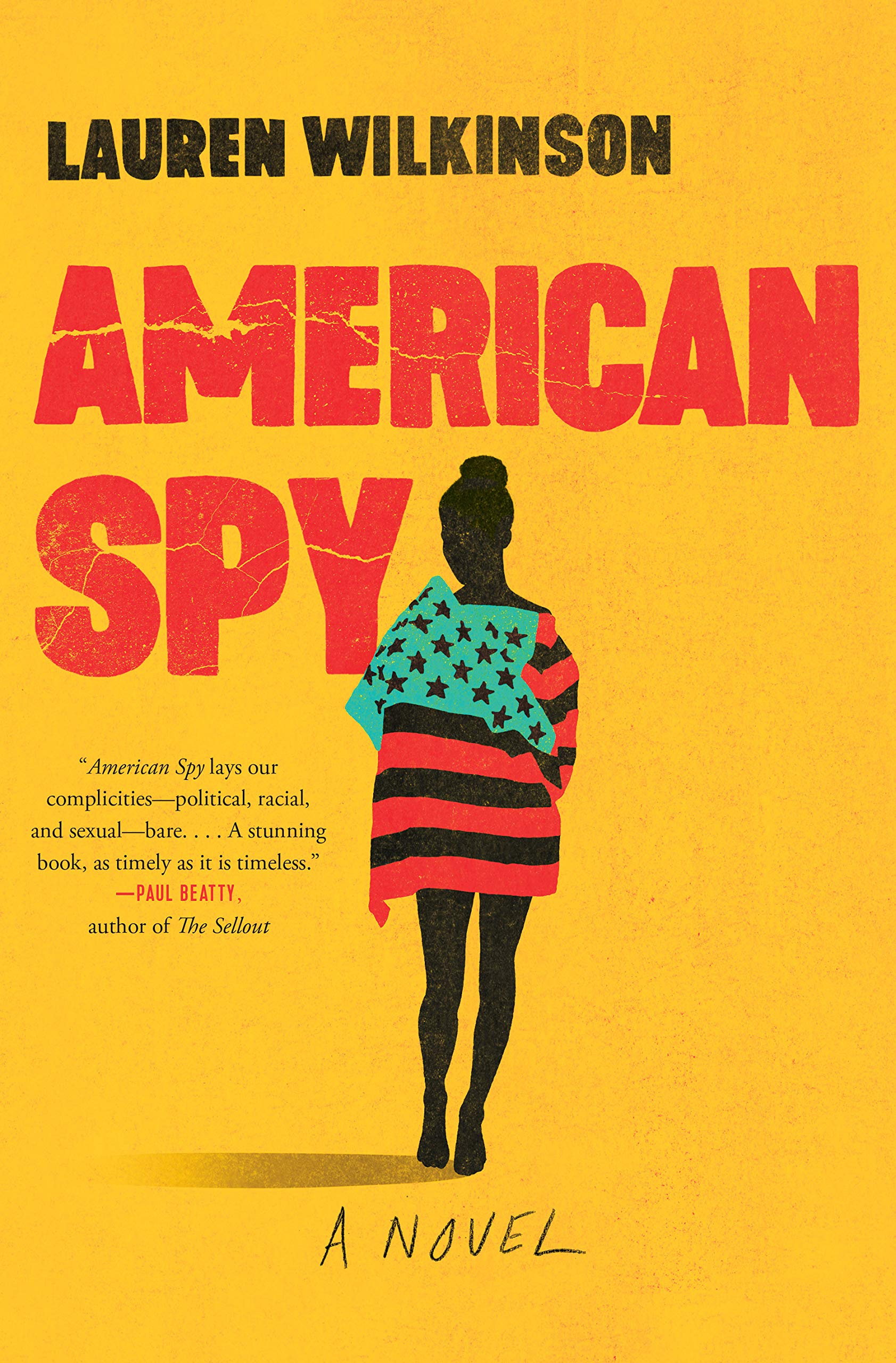
American Spy, by Laura Wilkinson
In 1986—the heart of the Cold War—Marie Mitchell is a black FBI agent struggling with her colleagues’ chummy cliquiness. Frustrated and bored, she is given the opportunity of joining a shadowy task force with the target of undermining Thomas Sankara, the charismatic president of Burkina Faso. Based on real life events, American Spy follows Mitchell as the action moves from the US to Africa to the Caribbean island of Martinique, in a thrilling melding of international politics and personal drama.
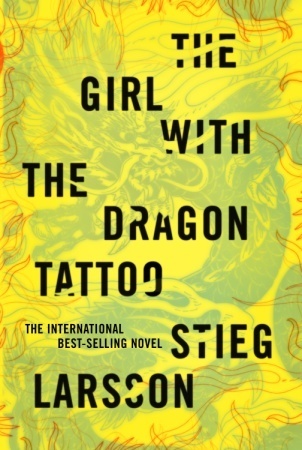
The Girl with the Dragon Tattoo, by Stieg Larsson
Although much of the action of this novel—the first of Larsson’s Millennium series—takes place with a claustrophobic intensity on a small Swedish island, the focus of the book switches around the world. The two main characters—a battle-scarred journalist and a brilliant but damaged female investigator—must travel widely to track down the jigsaw puzzle pieces to crack the mystery surrounding the dysfunctional Vanger family. As they try and unravel the Vanger enigma, the journalist Mikael Blomkvist is also trying to resurrect his reputation after a disastrous clash with a ruthless billionaire, who has business links reaching across the world.
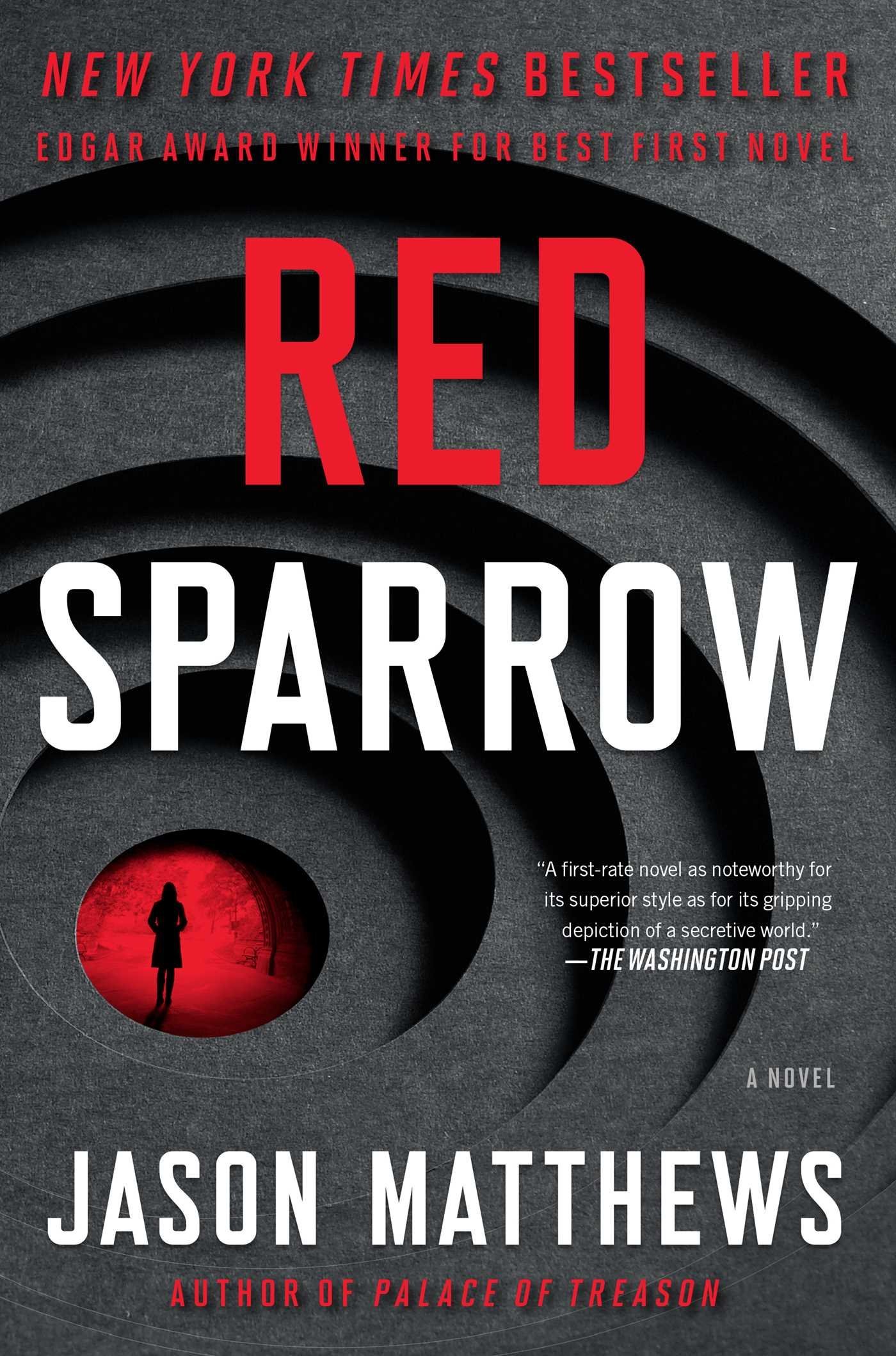
Red Sparrow, by Jason Matthews
In this thriller, Jason Matthews mines his CIA operative past with his descriptions of a secretive Russian training centre where seduction is combined with spycraft. Dominika Egorova—codename Red Sparrow—is a former ballerina who finds herself sent to learn intelligence skills at the Sparrow school. Her mission—to entrap a CIA officer—takes her from Moscow to Washington, via Finland, Greece and Italy.

Sweet Caress, by William Boyd
This isn’t one of Boyd’s thrillers, but the glamorous, globetrotting life of Amory Clay is undoubtedly thrilling. Clay’s adventures—mainly as a photographer—take her across Europe and off to Vietnam before she journeys on to California and Scotland. In this novel, Boyd swirls together fact and fiction, borrowing real elements from the lives of several ground-breaking women, including the photographer Lee Miller and the journalist Martha Gellhorn, as he builds up this portrayal of a brave, bold, adventuring woman.
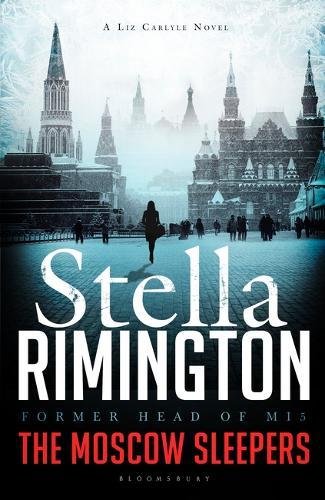
The Moscow Sleepers, by Stella Rimington
Dame Stella Rimington was the first female Director General of the British domestic intelligence agency MI5, which means her novels are full of careful detail about spycraft. The Moscow Sleepers is the most recent in the series, following operative Liz Carlyle as the action moving rapidly from Vermont to Brussels to Berlin, with questions about Moscow’s influence on the characters becoming more intense.
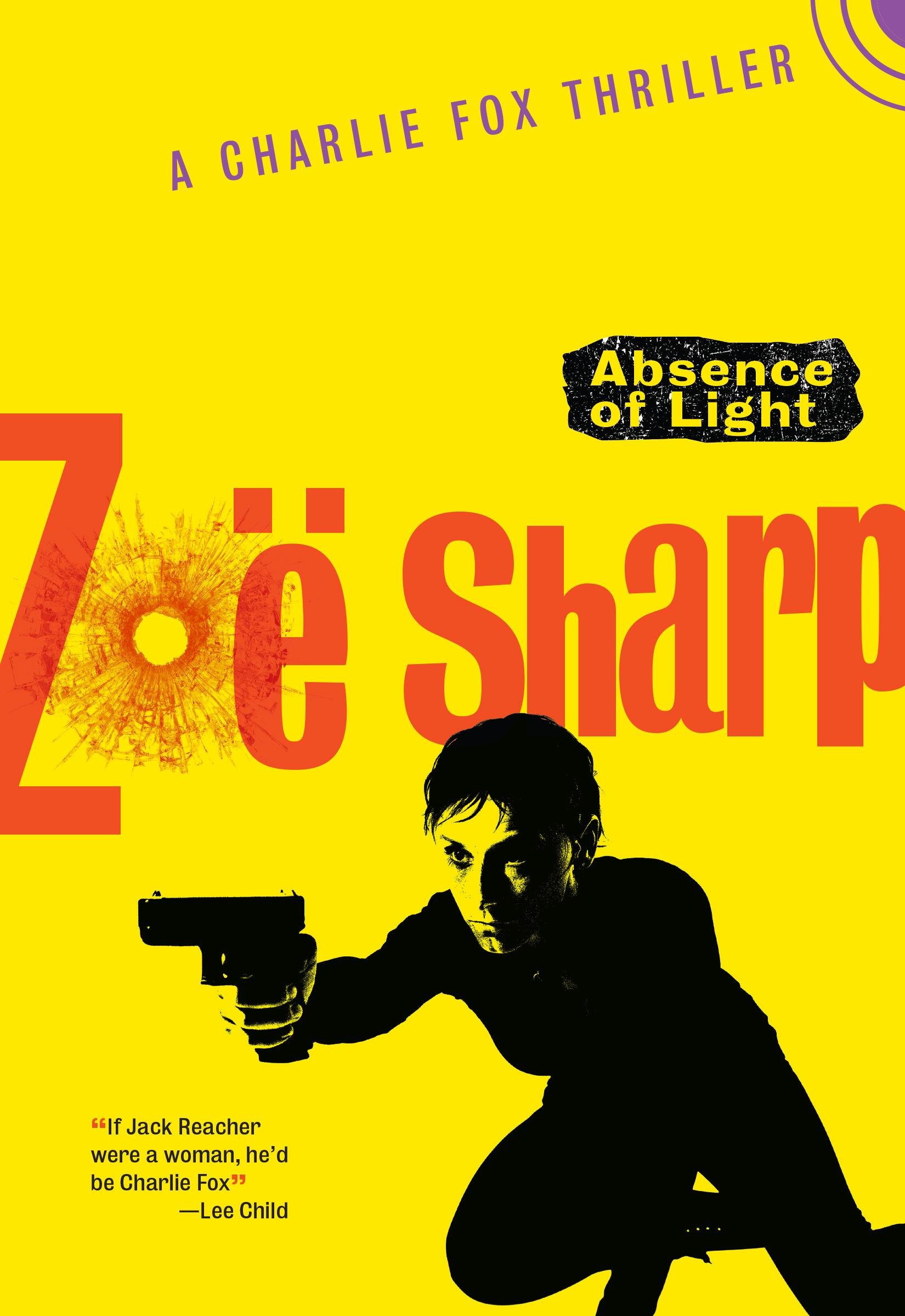
Absence of Light, by Zoe Sharp
This episode of Sharp’s long-running series about an ex-Special Forces soldier turned bodyguard sees Charlotte Fox race to Colombia in the aftermath of a huge earthquake. Put in charge of a specialist relief team, Fox investigates the death of her predecessor, as several question marks arise about loyalties in the heart of the crisis.

